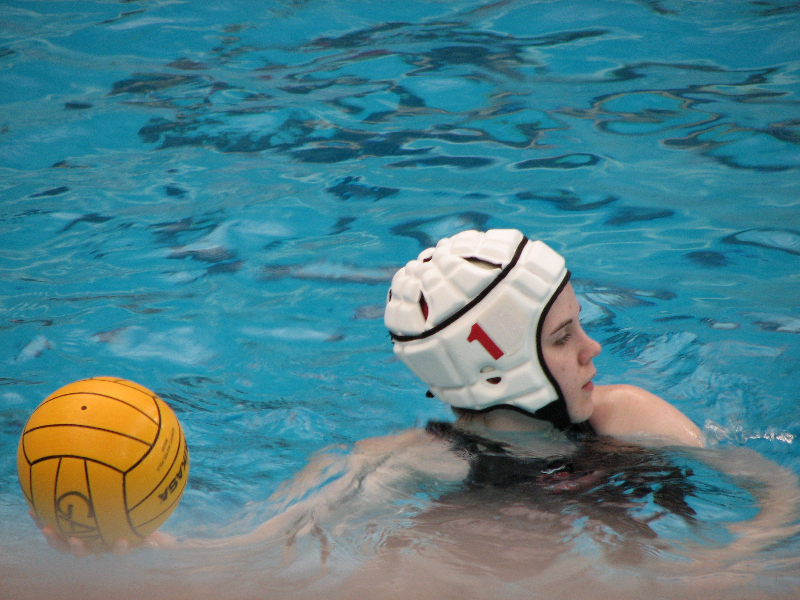Water polo concussions are no joke, and there is a lot of research being done to figure out ways to combat it. Gamebreaker’s Water Polo Helmets are one option, but here’s a recent article highlighting this issue.
As a result of ongoing probes into the short- and long-term effects of concussions in football, other sports are looking into whether additional steps can be taken to protect their athletes. Among them is water polo, and a novel research venture that includes UC Irvine scientists, coaches and athletes is helping.
The effort got rolling when James Hicks — a scientist, avid fan and father of three sons who played the sport — searched an NCAA database for concussion information related to water polo. But his inquiry came up empty.
“There was none,” says Hicks, professor of ecology & evolutionary biology at UC Irvine. “And given UCI’s historic place in the sport and the collaborative mission of the university, it became clear that we should take on this issue.”
Hicks’ research focuses on evolutionary physiology. While he’s best known in science circles for his work on alligator cardiovascular systems, he also directs UCI’s innovative Exercise Medicine & Sport Sciences Initiative, which unites an interdisciplinary cadre who share an interest in physical activity and its relationship to health. And he’s drawing on their expertise — with the assistance of USA Water Polo, the national governing body for the sport — to compile the first real data set on head impact injuries and concussions in water polo.
“Jim is the first in the world to look into these deeper issues in water polo, and it’s great,” says Dan Klatt, UCI women’s water polo head coach. “Our sport is a physical one, and we need to ask whether concussions are a real problem in the sport and if we’re using the proper equipment to protect our athletes. This study takes a giant step forward in order to answer that question.”
Although head injuries and concussions do happen in water polo, information about their prevalence is, so far, primarily anecdotal. Hicks and his collaborators aim to provide a factual basis for considering whether such injuries are sufficiently common that they need to be addressed and, if so, how best to do this.
“It’s a hard sport,” Hicks says. “Head butts, elbows, shoulders — and at the highest levels, players throw the ball as fast as 50 miles an hour at short distances. Goalies appear to be most at risk, but we want to obtain scientific data to assess that risk, as well as seeing what other positions in the pool may be prone to concussion injury.”
The study has three components. In one, Dr. Steven Small, professor and chair of neurology at UCI, and Robert Blumenfeld, assistant adjunct professor of neurology at UCI, will oversee an email survey of water polo players, who will be asked a number of questions about how long they’ve been in the sport, what positions they’ve played, and the number of serious head blows they’ve received. USA Water Polo will assist in the survey by inviting its 40,000 members to participate.
In the second project — now almost done — UCI engineering students shot water polo balls at a National Highway Traffic Safety Administration-certified crash-test dummy head to gauge the impact of blows at various speeds and levels of inflation. In addition, they measured the effectiveness of protective headgear. The results are currently being analyzed.
Click here to continue reading the full article!
Make sure you help protect your athletes from concussions and other head trauma with the Gamebreaker’s Water Polo Helmets and check out our water polo page for more information!




